Jonathan Petherbridge, Artistic director of London Bubble Theatre Company, describes the company’s work with pre-school age children and their teachers.
A teacher marks out an area of the classroom floor using electrical tape. The class sits around the edge. They are an audience. The taped area is a stage. The teacher starts to read a story. ” Gobblers. Too many gobblers. In the water. Up and down. Grandmother gives him a ring “. A girl steps on to the stage and starts to act out a gobbler – up and down. Her classmate is encouraged to take the part of her grandmother, and hands over the ring. The story finishes. The rest of the class clap and the teacher moves on to the next story. This is London Bubble Theatre Company’s Helicopter Project – named after a book, The Boy Who Would Be A Helicopter , by Vivian Gussin Paley, the originator of this simple but exciting classroom technique.
“My grandmother gives him a ring and then scary cat comes.”
Before the teacher had deployed her electrical tape she had used another important tool in the Helicopter kit – a note pad and pen. Earlier in the day she had invited the children to dictate their stories to her. One by one they had left their other activities and spent five minutes or so telling stories of friends, pets, baby brothers, superheroes and gobblers (sharks to you or me). Sometimes the classmates will listen to each other’s stories as they are dictated and a common theme might emerge. Sometimes they will bring stories of home, or stories containing statements they want to be heard. Sometimes the stories will be short and to the point, sometimes flights of surreal fantasy. When the stories are acted out, the audience will be gripped – leaning forward but staying just outside the magical performance area, eager to hear what messages or misfortunes may be contained in their classmates’ words.
“She never comes out from the castle this scary cat”
London Bubble came upon the Helicopter technique when we were developing our production Dealing With Feelings – a show for Early Years audiences which explored the naming and managing of emotions. The company has a history of discovering and disseminating methods that might make the potency of theatre more easily accessible. We use Forum theatre when working with young adults, Promenade or Walkabout theatre when performing out of doors, and are breathing new life into the lost art of Pantomime in order to bring together audiences of different generations. Since devouring The Boy Who Would Be A Helicopter we have travelled to Chicago to observe Paley at work, hosted a British Library conference entitled The Drama of Children and honed our skills at practising and teaching Helicopter.
“She looked in the grandmother. She looked in the dog, and it’s not there”.
What is noticeable when you watch this work is that children of pre-school age who may not have extensive speaking or writing skills, love both telling and hearing each other’s stories. Once they understand that what they say will be written down, uncensored, and then told to their peers, they use all their imaginative and verbal muscles to weave stories that are original and important to them. When these stories are then acted out the receiving audience clearly feels the words and events are special.
Staff at London Bubble and our sister company, MakeBelieve Arts, try to quell evangelical feelings about Helicopter, but we are gathering allies. Funding from the Esm é e Fairbairn Foundation has allowed us to set up INSET training for interested teachers across London, and support from the Arts Council has helped us to adapt and tour a show based on another Paley book, You Can’t Say You Can’t Play . From the Bubble perspective Paley’s work is pure theatre. The children are both the playwrights and the audience. The playwrights, like any playwrights, use the stage to speak to their community. The audience, like any audience, comes to the stage to be stimulated and entertained.
From an educational point of view there are other benefits. Not only do teachers speak of how it helps children to develop their imagination, vocabulary, confidence and speaking and listening skills, it also quite clearly changes the nature of the classroom. As with all theatre there is something good about coming together as a group, sharing someone’s story and empathising with a character.
“Grandmother got another dog and then she falls down. In the water. Far from the scary dog”
